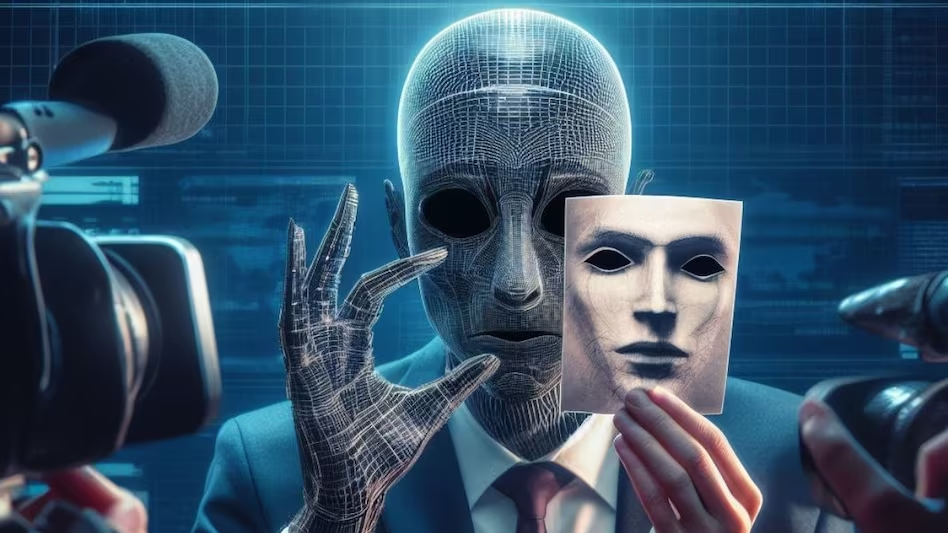Introduction
In 2024, deepfake technology is more advanced than ever. Deepfakes are fake videos and audio created using artificial intelligence. They are realistic and can be very convincing. This technology poses serious threats to individuals and organizations. In this blog, we will explore recent incidents involving deepfakes, the dangers they present, and how we can protect ourselves from them.
What Are Deepfakes?
Definition and Explanation:
- Deepfakes are digital media created using artificial intelligence to imitate real people. They can be videos, images, or audio.
- How They Work: AI algorithms analyze data to learn how a person looks or sounds. Then, they create fake content that seems real.
Recent Incidents Involving Deepfakes
Political Manipulation:
- Deepfakes have been used in politics to create fake videos of politicians. These videos spread false information and influence public opinion.
Celebrity Deepfakes:
- Celebrities are often targets. Fake videos show them doing things they never did, damaging their reputations and misleading the public.
Fraud and Blackmail:
- Criminals use deepfakes to impersonate business leaders. They trick employees into transferring money or sharing sensitive information.
Threats Posed by Deepfakes
Misinformation:
- Deepfakes can spread fake news, making it hard for people to know what is true. This can cause confusion and mistrust.
Reputational Damage:
- Deepfakes can harm the reputations of people and organizations. They may show them in embarrassing or harmful situations.
Security Risks:
- In finance, deepfakes can manipulate markets or commit fraud. They could also be used as false evidence in legal cases.
Technologies Behind Deepfakes
Generative Adversarial Networks (GANs):
- GANs are the main technology behind deepfakes. They use two AI networks: one creates fake content, and the other checks its realism.
AI Advancements:
- AI technology is improving, making deepfakes more realistic and accessible. Even non-experts can create convincing deepfakes.
Legal and Ethical Implications
Challenges in Regulation:
- It is difficult to regulate deepfakes because the technology changes quickly. Laws need to keep up with these changes.
Ethical Considerations:
- Deepfakes raise ethical issues about consent and privacy. They can cause harm to individuals and society.
Mitigation Strategies for Deepfakes
Technical Solutions:
- Researchers are developing tools to detect deepfakes. These tools use AI to find inconsistencies in fake media.
Media Literacy:
- Educating people about deepfakes is important. Media literacy helps people identify fake content and reduces its impact.
Collaboration Across Sectors:
- Governments, tech companies, and other organizations must work together. Sharing information and best practices can help fight deepfakes.
Future Outlook for Deepfakes
Technological Evolution:
- Deepfake technology will continue to evolve. We need to be prepared for new challenges and opportunities.
Positive Applications:
- Despite the risks, deepfake technology has positive uses. It can be helpful in entertainment, education, and accessibility.
Conclusion
Deepfakes are a major challenge in today’s digital world. They can disrupt industries and influence public perception. To protect ourselves, we need to understand the threats and take action. Investing in detection technologies and promoting media literacy are key steps. By staying informed and proactive, we can reduce the risks associated with deepfakes.

